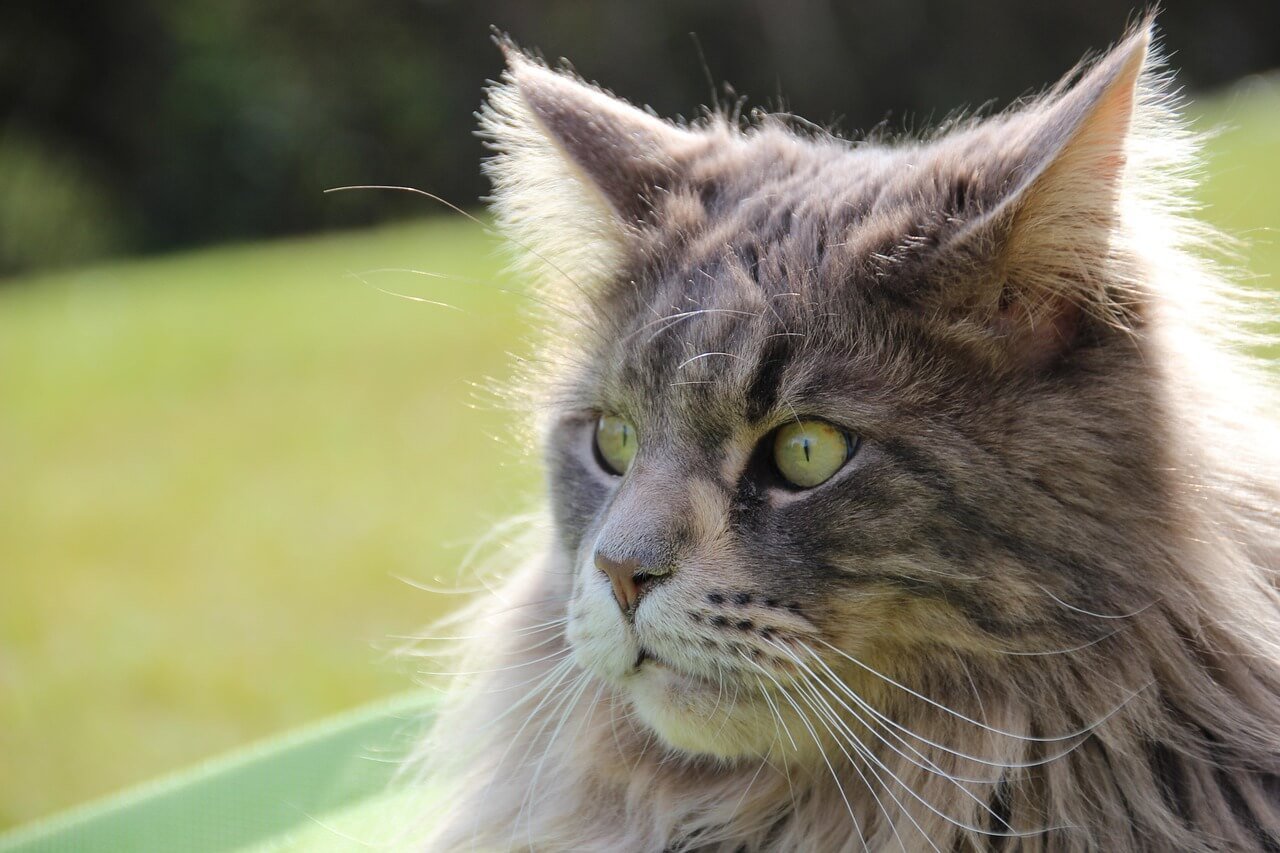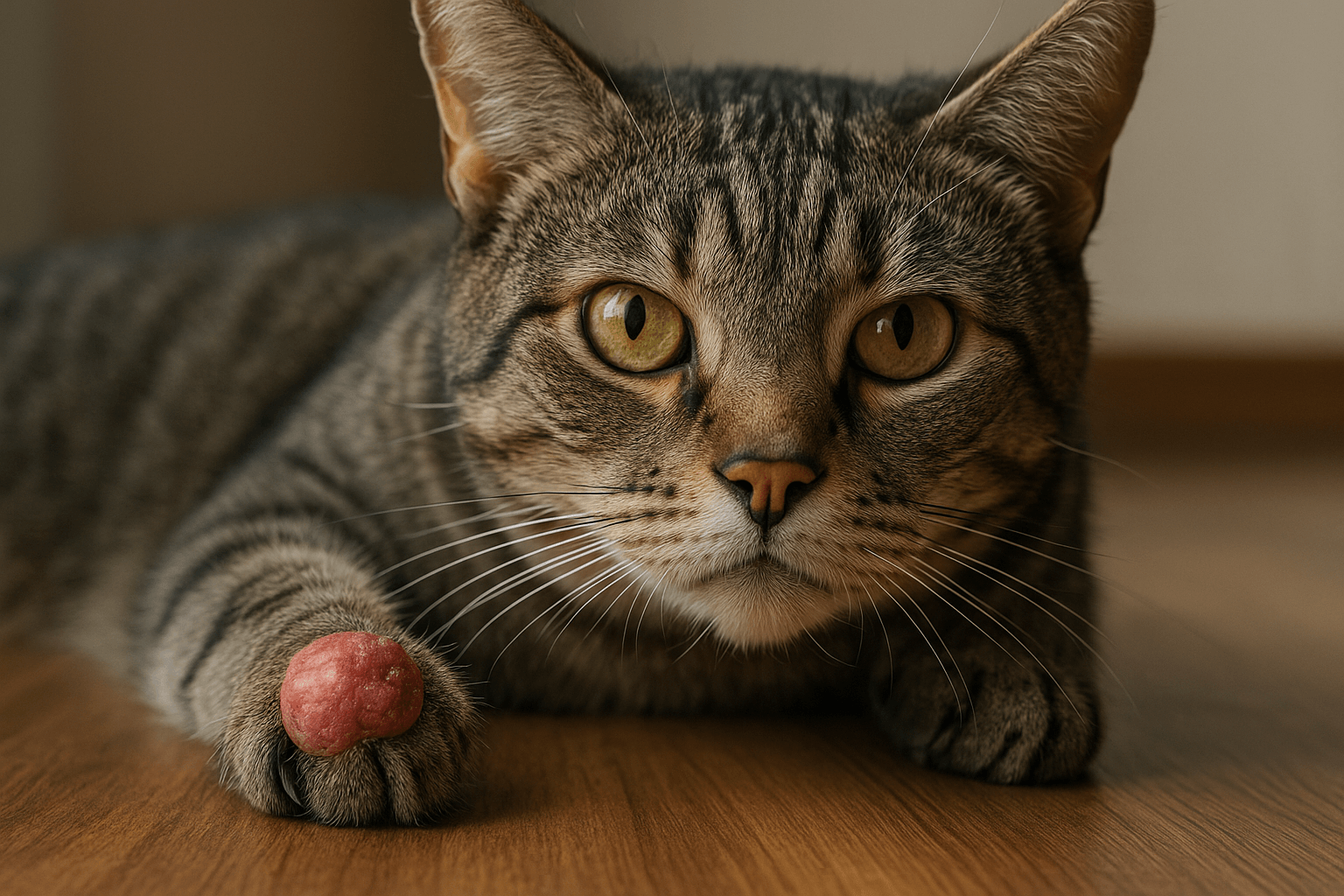How Many Fleas Can Live on a Cat?
Fleas are tiny, pesky parasites that can wreak havoc on your cat’s health and comfort. These blood-sucking insects thrive in warm environments, making your feline friend an ideal host. But just how many fleas can live on a single cat? The answer depends on factors like the severity of the infestation, your cat’s grooming habits, and the overall environment. Understanding flea biology, their life cycle, and the impact they have on your pet is crucial for effective prevention and treatment. In this blog post, we’ll explore everything you need to know about fleas, from their numbers to practical tips for keeping your cat flea-free.
Factors That Influence Flea Populations on Cats
The number of fleas living on a cat isn’t a fixed figure—it varies based on several key factors. By understanding these influences, you can better assess the severity of an infestation and take appropriate action.
Severity of the Infestation:
A mild infestation may involve just a few fleas, while a severe one could mean hundreds of fleas living on your cat simultaneously.Your Cat’s Grooming Habits:
Cats are natural groomers, and frequent licking can help remove fleas. However, some cats may not be as diligent, allowing fleas to multiply unchecked.Environmental Conditions:
Warm, humid climates create ideal breeding grounds for fleas, leading to faster reproduction and larger populations on your cat.Cat’s Age and Health:
Kittens and senior cats, or those with weakened immune systems, are more vulnerable to heavy flea infestations due to reduced grooming ability.Presence of Other Pets:
If you have multiple pets in your home, fleas can easily jump between hosts, increasing the overall flea population.
By considering these factors, you can gauge the potential scale of a flea problem and tailor your approach to address it effectively.
The Life Cycle of Fleas and Its Impact on Infestations
Understanding the flea life cycle is essential for managing infestations. Fleas go through four stages—egg, larva, pupa, and adult—each contributing to their rapid population growth.
Egg Stage:
Adult fleas lay up to 50 eggs per day on your cat, which then fall off into carpets, bedding, and furniture.Larva Stage:
Eggs hatch into larvae, which feed on organic debris like flea droppings and skin flakes found in your home environment.Pupa Stage:
Larvae spin cocoons and enter the pupa stage, where they can remain dormant for weeks or months until conditions are right for hatching.Adult Stage:
Newly emerged adult fleas seek a host (your cat) to feed on, restarting the cycle and exacerbating the infestation.Reproduction Rate:
Under ideal conditions, a single flea can turn into hundreds within weeks, overwhelming your cat and home.
Breaking the flea life cycle at any stage is critical for controlling their numbers and preventing future outbreaks.
Check this guide 👉Can You Use Cat Flea Treatment on Dogs? Best 7 Tips!
Check this guide 👉The Ultimate Guide to Cat Flea Baths: Best 7 Health Tips!
Check this guide 👉Flea Medicine Not Working on Cat? Best 7 Health Tips!

Signs of a Flea Infestation | Steps to Address the Problem |
|---|---|
Excessive scratching or biting | Bathe your cat with flea shampoo |
Visible fleas on your cat’s fur | Vacuum carpets and upholstery daily |
Small black specks (flea dirt) on skin | Wash bedding and toys in hot water |
Hair loss or red irritated skin | Consult a vet for prescription treatments |
Flea bites on human family members | Use flea preventatives regularly |
Health Risks of Fleas for Cats
Fleas aren’t just a nuisance—they pose serious health risks to your cat if left untreated. Recognizing these dangers underscores the importance of prompt intervention.
Anemia:
Heavy flea infestations can lead to anemia, especially in kittens, due to excessive blood loss from flea bites.Flea Allergy Dermatitis:
Some cats develop allergic reactions to flea saliva, causing intense itching, inflammation, and skin infections.Tapeworm Infection:
Cats can ingest fleas while grooming, leading to tapeworm infestations that affect their digestive health.Secondary Infections:
Constant scratching and biting can break the skin, making it vulnerable to bacterial infections.Behavioral Changes:
Persistent discomfort from fleas may cause irritability, lethargy, or aggression in otherwise friendly cats.
Addressing flea infestations promptly protects your cat’s physical and emotional well-being.
Preventing Fleas from Taking Over Your Home
Prevention is always better than cure when it comes to fleas. Implementing proactive measures can help keep your cat—and your home—flea-free year-round.
Use Flea Preventatives:
Monthly topical treatments, oral medications, or flea collars can protect your cat from flea infestations.Vacuum Regularly:
Frequent vacuuming removes flea eggs, larvae, and adults from carpets, rugs, and furniture. Dispose of the vacuum bag immediately after use.Wash Bedding Often:
Clean your cat’s bedding, blankets, and toys in hot water weekly to eliminate flea eggs and larvae.Keep Outdoor Areas Tidy:
Mow lawns, clear debris, and discourage wildlife that may carry fleas from entering your yard.Monitor Other Pets:
Ensure all pets in your household are treated with flea preventatives to avoid cross-contamination.
By staying vigilant and consistent, you can significantly reduce the risk of fleas taking hold in your home.
Common Mistakes to Avoid When Treating Fleas
When dealing with fleas, it’s easy to make mistakes that can prolong the infestation or even worsen the situation. Knowing what to avoid ensures a more effective and stress-free flea-fighting process.
Using Home Remedies Without Research:
DIY solutions like garlic or essential oils can be harmful to cats if not used correctly. Always consult a vet before trying unconventional methods.Neglecting the Environment:
Treating your cat without addressing your home allows fleas to reinfest quickly. Focus on both your pet and their surroundings for comprehensive results.Skipping Preventative Measures:
Waiting until you see fleas to act leaves your cat vulnerable. Regular prevention stops infestations before they start.Overlooking Other Pets:
If you have multiple pets, treating only one leaves room for fleas to jump between hosts. Ensure all animals receive treatment simultaneously.Stopping Treatment Too Soon:
Flea treatments often require multiple applications to break the life cycle. Stopping prematurely risks leaving behind eggs or larvae.
Avoiding these common errors helps ensure your flea-control efforts are thorough and successful.
Natural Ways to Repel Fleas from Cats
For pet owners seeking non-chemical solutions, natural flea repellents can complement traditional treatments. While not as potent as medications, these methods offer gentle alternatives worth exploring.
Apple Cider Vinegar Spray:
Mix equal parts water and apple cider vinegar in a spray bottle. Lightly mist your cat’s fur (avoiding eyes and ears) to deter fleas naturally.Herbal Flea Collars:
Some herbal collars use plant-based ingredients like lavender or cedarwood to repel fleas without harsh chemicals.Diatomaceous Earth (Food Grade):
Sprinkle this fine powder around your home, focusing on carpets and bedding. It dehydrates fleas without harming pets when used safely.Rosemary Baths:
Boil fresh rosemary leaves, strain the water, and let it cool before using it to rinse your cat. This soothing herb is known for its flea-repellent properties.Neem Oil Dilution:
Mix a small amount of neem oil with water and apply sparingly to your cat’s coat. Neem disrupts the flea life cycle but should be used cautiously.
While natural remedies can help, they work best alongside professional advice and regular monitoring for persistent infestations.
How to Spot Early Signs of Flea Infestations
Catching a flea problem early saves time, money, and discomfort for your cat. Being vigilant about subtle signs can prevent minor issues from escalating into major headaches.
Excessive Grooming:
If your cat suddenly starts licking or biting themselves more than usual, it could indicate irritation caused by fleas.Restlessness or Irritability:
Fleas make cats uncomfortable, leading to fidgety behavior or unusual aggression during petting.Tiny Black Specks on Fur:
Flea dirt looks like pepper flakes and turns reddish-brown when wet, signaling an active infestation.Red Bumps or Scabs:
Check your cat’s skin for raised bumps, scabs, or bald patches—common signs of flea bites or scratching.Unexplained Weight Loss:
In severe cases, heavy flea infestations can cause weight loss due to constant irritation or blood loss.
By recognizing these early warning signs, you can intervene promptly and minimize the impact of fleas on your cat’s health and happiness.
Frequently Asked Questions About Fleas on Cats
How do I check my cat for fleas?
Part your cat’s fur and look for tiny, fast-moving insects or black specks (flea dirt) near the skin.
Can indoor cats get fleas?
Yes, fleas can hitchhike indoors on clothing, shoes, or other pets, even if your cat stays inside.
What should I do if my cat has fleas?
Start by bathing your cat with flea shampoo, treat your home thoroughly, and consult your vet for long-term solutions.
Are flea collars effective?
High-quality flea collars can be effective, but results vary depending on the brand and proper usage.
Can fleas survive without a host?
Adult fleas need a host to survive, but eggs, larvae, and pupae can persist in the environment for weeks or months.
Taking Control of Flea Infestations for a Happier Cat
Dealing with fleas can feel overwhelming, but understanding their behavior, lifecycle, and impact equips you to handle infestations effectively. Whether it’s treating your cat, cleaning your home, or implementing preventative measures, every step counts toward ensuring your furry companion remains healthy and comfortable. Remember, consistency is key—staying proactive helps keep fleas at bay and strengthens the bond you share with your feline friend. With patience and care, you can create a flea-free environment that benefits both your cat and your household.
Cuterebra Larvae in Cats: Best 7 Expert Tips! – Expert advice on signs, treatment & prevention of this rare but serious feline parasitic infestation.
Cuterebra Larvae in Dogs: Best 7 Expert Tips! – Expert advice on signs, treatment & prevention of this rare but serious parasitic infestation.
Cat Tumor on Paw: Best 7 Expert Tips! – Expert advice on signs, diagnosis, treatment & care for feline paw tumors.
Panacur Side Effects in Dogs: Best 7 Expert Tips! – Safe usage, common reactions & when to call the vet.





